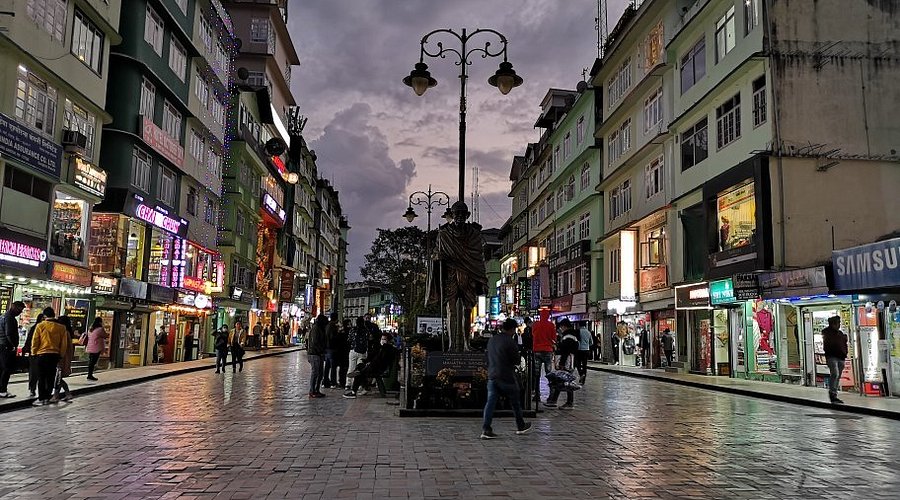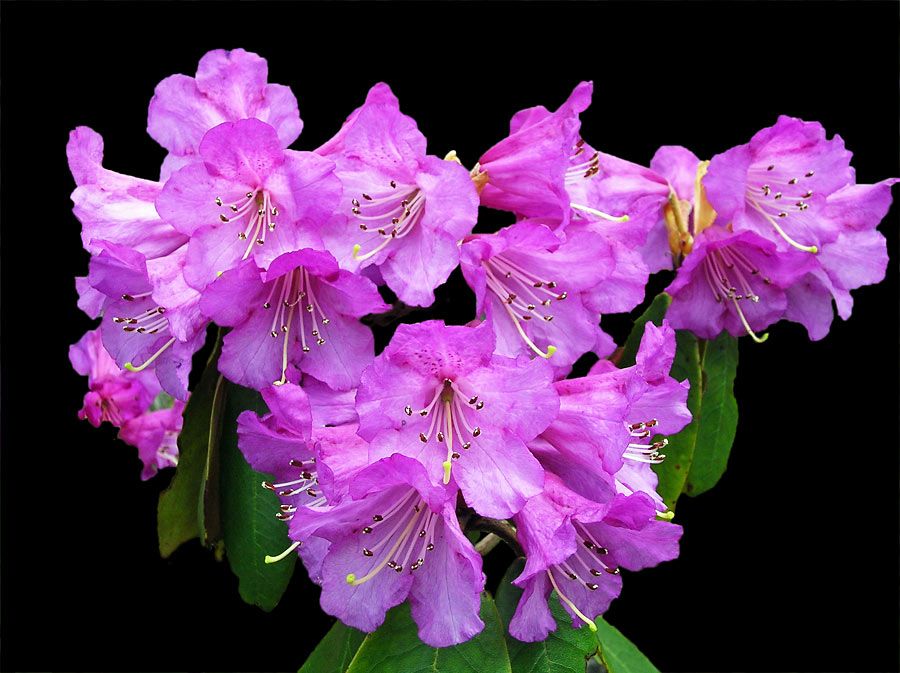
Nestled in the cradle of the eastern
Himalayas, Sikkim is undoubtedly
one of India’s most enchanting
states — a place where myth meets
the mountains , and silence that
speaks louder than words. Though it
may be India’s second smallest state
in area, and its least populous, its
essence is anything but diminutive.
Sikkim is a land of spiritual quietude,
ecological abundance, and cultural
mosaic, wrapped in the misty
embrace of the Himalayas. It shares
international borders with Nepal,
Bhutan, and China, making it a
geopolitical and cultural bridge
between India and the rest of the
Himalayan world. But beyond its
strategic significance, Sikkim is
deeply revered for its natural
grandeur.
It is home to the magnificent Mount
Khangchendzonga, the third-highest
peak on Earth, venerated not just as
a mountain but as a protective deity
— a sacred guardian who watches
over Sikkim and its people.
Sikkim became the 22nd state of
India in 1975, following a peaceful
political transition. But its history
stretches far beyond that — shaped
by mountain legends, ancient
kingdoms, spirituality, and warrior
monarchs. Today, the state's
political journey stands as a rare
model of harmonious integration
and democratic maturity. In the
decades since, Sikkim has emerged
as a beacon of progressive
governance and ecological
foresight.
It became India’s first fully organic
state in 2016, banning chemical
fertilizers and pesticides to promote
sustainable agriculture. This bold
experiment placed Sikkim on the
global map as a leader in green
policy, drawing attention from
environmentalists, scientists, and
policymakers across the world.

The state is also known for its
remarkable biodiversity, protected in
its many sanctuaries, national parks,
and alpine meadows.
The Khangchendzonga National
Park, India's 1st UNESCO Mixed
World Heritage Site, abundant in
unique flora and fauna ranging from
red pandas and snow leopards to
rare orchids and medicinal herbs.
Its capital, Gangtok, is a city that
balances spiritual calm and modern
pulse, and the promenade MG Marg
effortlessly drawing tourists and
locals alike,captivated byits vibrant
charm and timeless appeal. In Sikkim
, temples and monasteries echo with
chants, even as cozy cafés, smart
classrooms, and tech-friendly
infrastructure shape the state’s
rhythm.
Sikkim is a quiet revolution in
progress, gentle, resilient, and
deeply rooted in its identity. What
makes Sikkim truly extraordinary,
however, is the people. A beautiful
blend of kindness and tenacity,
Sikkimese society thrives on mutual
respect, communal harmony, and a
deep spiritual connect to nature. In
this land of serenity, kindness is a
language, and peace is a way of life.